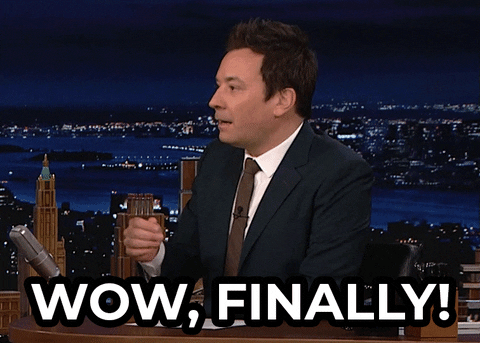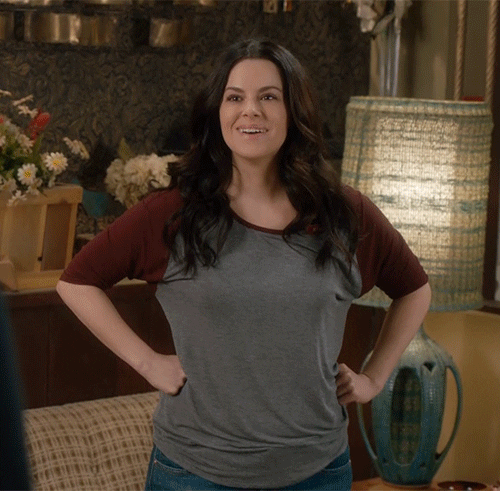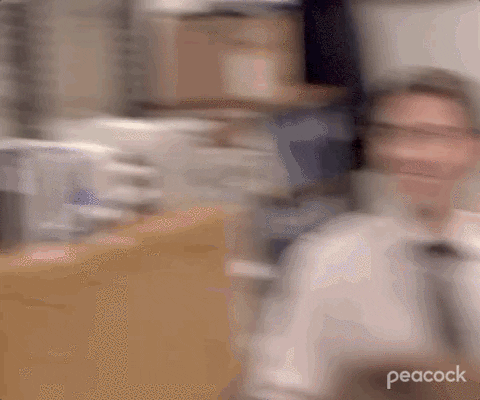The Strike That Changed the Animation Industry Forever


As we enter 2024, there are many things we’ll miss about 2023, especially in terms of animation.
We finally saw the end of the ‘Hollywood can’t make good animated films based on video games’ trope; The Super Mario Bros. Movie made sure of that.

This year also witnessed the rise in some interesting animation trends, like the fusion of 2D and 3D styles and kinetic typography.
But we say it on everyone’s behalf – if there’s one thing we’re glad to leave in 2023, it’s the SAG-AFTRA Strike.
For those whose knowledge could use a little brush up, here’s what happened:
On July 14, actors who were a part of the Screen Actors Guild-American Federation of Television and Radio Artists (SAG-AFTRA) went on strike.
Their demands were related to streaming royalties and the usage of AI (thanks – or no thanks – to AI, it’s possible to use the digital likeness of an actor for a project without requiring their physical presence. Some studios did this without obtaining consent from the actors, which was one of the significant components of the strike).
If that wasn’t enough, the Writers Guild of America (WGA) also went on strike. Though they were on a separate strike, the reasons were the same: poor compensation due to the rise of streaming media and the increased usage of AI during writing, among others.
The SAG-AFTRA strike, combined with the WGA strike, resulted in the loss of 45,000 jobs and $6.5 billion to the economy of Southern California.
Many productions were shut down, considering the strike barred actors from taking part in promotional campaigns for films and TV shows.
The writers were also not to take part in writing, rewriting, or even pitching projects to the Alliance of Motion Picture and Television Producers (AMPTP).
As of writing this blog, both the strikes have ended. The SAG-AFTRA members agreed on a tentative agreement on November 8, while the WGA members did the same on September 24.
Actors, as well as writers, went back to work after a multi-day pause.
This whole scenario reminded us of another strike. Though unlike the 2023 one, this one changed Hollywood – specifically the animation industry – forever.
In the late 1930s, a new leading Hollywood man had taken the industry by storm. He had big ears and wore a red shirt and yellow oversized shoes – Mickey Mouse.
It was Mickey Mouse’s film Snow White and the Seven Dwarfs that everyone could talk about. And the movie had earned the studio a record-breaking profit.
But those who worked on the film were not happy with the success of either. To give you an accurate picture, here’s how many people contributed to making Snow White and the Seven Dwarfs:
• 32 Animators
• 1032 Assistants
• 107 Inbetweeners
• 10 Layout Artists
• 25 Background Artists
• 65 Special Effects Animators
• 158 Inkers and Painters
Source: Walt Disney Family Museum
At a time when technologies to make an animated feature film were pretty much non-existent, this was a massive challenge. But apparently, Walt Disney had no regard for his employees.
Two months before the film’s release, the production staff was informed that they’d need to speed up so the movie could be released on time. That meant giving the studio 10 and a half hours 6 days a week.
When asked whether the employees would receive pay time, Disney was like:

Source: GIPHY
So, behind the scenes, things weren’t sailing smoothly. Experts believe that the seed of discontent for Disney was planted around this time.
20% of the film’s earnings were to be distributed among the 800 studio employees, as promised by Walt Disney himself. That also turned out to be a lie, as Disney invested the money in a corporate complex.
Among those who felt rejected was Disney’s top animator, Art Babbitt. Responsible for animating characters like Goofy, the Wicked Queen, and Geppetto, Babbitt was more like a trusted ally to Disney.
Due to Babbitt’s position, he was given a fancy office and a separate desk. Despite earning a high salary and enjoying other benefits, Babbitt, unlike others, lent a sympathetic ear to the problems of the other workers. He voted for the artists to form a union.
That was the last nail in the coffin for Disney. The company abruptly fired Babbitt. A day after the incident, the Disney strike began.
It was the early morning of May 28, 1941. Hundreds of artists had lined up outside the gates of The Walt Disney Studios. They were holding pickets that read ‘Snow White and 700 Dwarfs,’ ‘Are We Mice or Men?’ and ‘1 Genius Against 1200 Guinea Pigs’
A month into the strike, Disney drove by the studios. Babbitt shouted that ‘Disney ought to be ashamed.’ If it wasn’t for the intervention of the bystanders, it would’ve been a full-fledged fight between Disney and Babbitt, according to eyewitnesses.

Source: GIPHY
The strikers stayed on the picket line until Disney recognized their union, asking for a better work environment and rightful compensation.
It’s weird to think that in today’s corporate world, someone would be against unions, but they’re still resisted by people in power. Take Edwin Catmull as an example.
The former president of the Walt Disney Animation Studios was strongly against unions and even went to great lengths to keep Pixar, a company he co-founded, union-free.
Because of his firm stance on unions, Pixar’s employees earn less than the staff that’s a part of a union. It’s completely unbelievable, considering Disney and Pixar are two of the most celebrated and highly valued animation production studios in the world.
The strike lasted nine weeks, longer than any party had considered. Ultimately, Walt Disney had to agree to the animators’ (fairly appropriate) demands, giving them better wages, working conditions, and union recognition.
Those who quit working at the studio during the strike were also asked to return; some did, while others left it for good.
The 1941 Disney Animators’ Strike was the first of the many conflicts between collective labor and monopolized power. It also proved what can happen when people form a union to raise their voices against a common evil, which, in this case, was Walt Disney.
Here’s to giving animators, illustrators, voiceover artists, and every other hard-working individual their due.